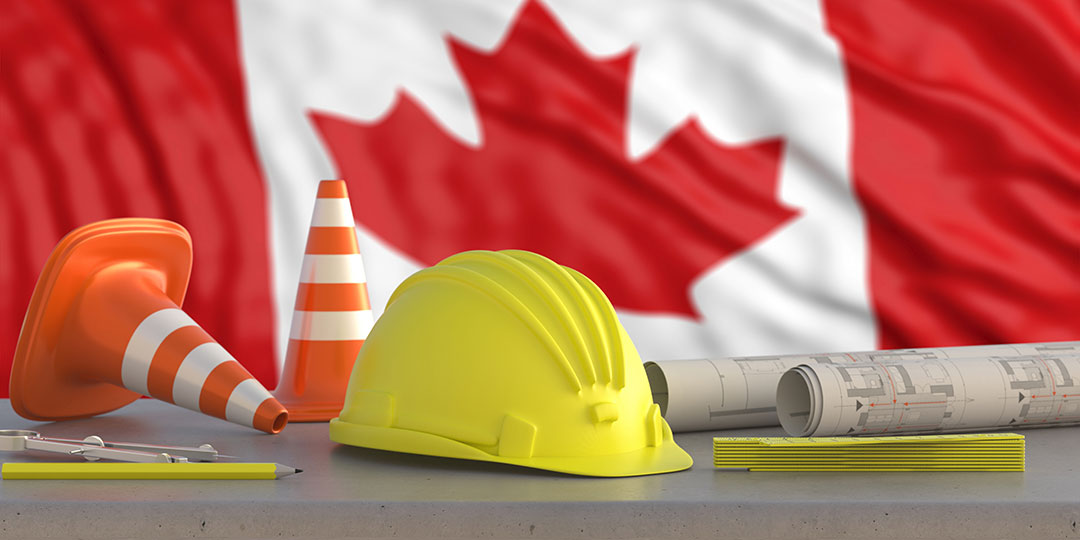Saskatchewan has a big job ahead of it. Getting on top of it will take someone speaking up to say we need to do better.
That someone will be us – the Saskatchewan Heavy Construction Association. The SHCA board met in November, the day before the SHCA Infrastructure Summit & Trade Show started. During that meeting, the challenges facing the heavy construction industry were discussed, as were the priorities of the association during 2024. We recognized that all the issues seemed to have one theme in common: Saskatchewan is not keeping up.
We see it in the lack of long-term planning for infrastructure, funding for that infrastructure as well as a lack of government policy renewal. This is impacting industry in Saskatchewan, which is lagging due to a lack of government commitment.
Plans were put in place during that November board meeting for how our association will address these priorities and work to overcome the challenges. We will be speaking up – outlining for our stakeholders and the provincial government what needs to be done to meet the demands of growth.
We will be communicating the message that Saskatchewan is not keeping up throughout the year in a staged process. Each stage will have its own focus that addresses a key issue important to our members.
Better long-term planning and multi-year funding commitments will be one focus. Investment commitments of multiple years (which both Manitoba and Alberta are doing) will allow our industry to become even more efficient and productive. Our members will be able to see what opportunities are available and the level of investment being projected so decisions can be made about priorities and plans. Businesses in our industry can decide on their own investments in equipment and labour.
Consistent investment also means allowing for carryovers, which is something the Manitoba government does. Allowing contractors to carry over a portion of the Ministry of Highway’s budget would mean some certainty of work in the next construction season.
Improved procurement practices are another focus. Politicians and bureaucrats need to hear how details in the procurement process impact and even burden industry. They need to be reminded of how efficient and effective relationships with industry generate results quicker.
The Ministry of Highways needs to look at how it tenders projects. Saskatchewan’s government simply must do better when it comes to getting work out in a timely fashion. Tenders continue to hit the market too late, impacting not just contractors, but those in design and engineering, materials, fuels, aggregates, oils and equipment supply.
Another issue is the need for greater government transparency. In fall 2023, we learned from the government how to assess the quantity of projects in the tender schedule, which was a significant insight.
Projects that are tendered with a two-year completion date have all production quantities linked to the year it was tendered. So, for example, projects on the 2022 Fall Tender Schedule with a 2024 completion date shows all quantities in 2022 (this is why we see the same projects announced multiple times in the budget speech).
What this does, from our perspective, is skew the overall budget numbers and mislead our industry when it comes to the overall quantities shown on the tender schedule. We have asked the ministry to better display these types of jobs to paint a more realistic picture of what’s coming onto the market.
While we will be paying a lot of attention to the government during 2024, we remain committed to providing more than advocacy for our members. We will be looking at several programs and services we can bring into our affinity program suite to better serve you.
The board and I know it can be challenging to find the labour you require and that too will be a focus. We know you will be sharing employment opportunities within your own company as the construction season nears. We will be working with others as we draw attention to the reasons why those looking for work should consider our industry – that heavy construction employers offer training to those with an attitude that is a good fit and typically pay better than many other industries in the province.
We know it is not just our goal to build and maintain infrastructure necessary for this province to prosper. This goal is shared by our partner organizations who we will be working with throughout 2024 to deliver this message.
As we get closer to the elections, both provincial and municipal, we will elevate this communication. The provincial election is expected to be held on or before Oct. 28, 2024. Meanwhile, those voting for mayors and councillors in urban municipalities, as well as reeves and councillors representing odd-number divisions in rural municipalities, go to the polls on Wednesday, Nov. 13, 2024.
We intend to make these issues for our industry into campaign issues. We will draw attention to them during the campaign, so the political parties and municipal candidates feel compelled to address them with voters.
As members prepare for each construction season, it is important for us to learn where the government is at and share with the government what matters to our industry. This year, we want voters to be aware of the issues that matter to industry.
That is because those issues are about more than our industry. They are about the future of our province. Quality infrastructure helps Saskatchewan’s business community operate, prosper and grow. When local businesses prosper, we all prosper and the quality of life in Saskatchewan grows.











